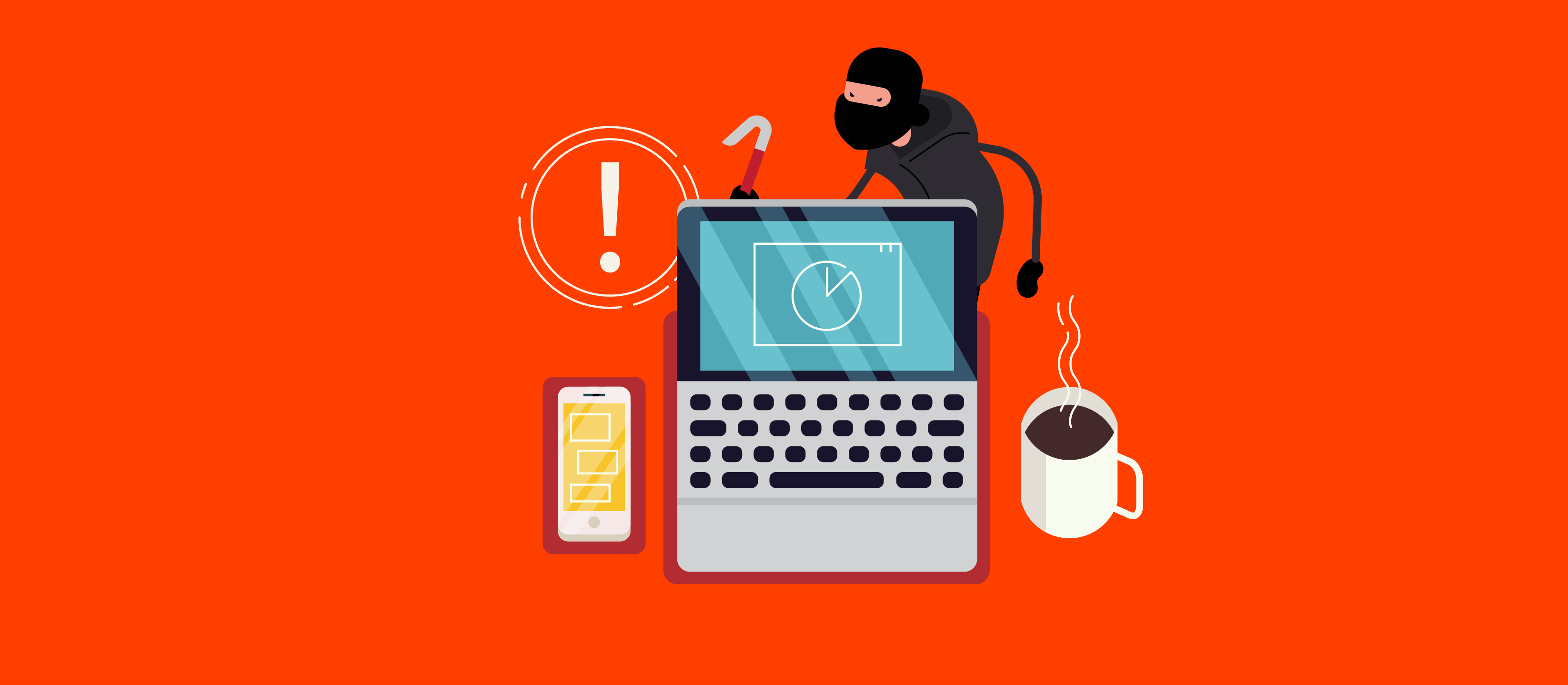Creating and implementing a bullet-proof brand protection strategy in times of crisis can feel like a daunting task. That’s why, in this post, we take a deep dive into the top considerations every brand owner should have in mind in order to boost their online brand protection strategy, and ultimately protect their online revenue.
Summary:
- In times of crisis, brand owners should remain agile.
- Key considerations to have in mind include: keeping a close eye on new emerging trends and revisiting distribution and pricing agreements.
- Also, manufacturers should pay increased attention to the protection of their IP online, and improve communications with their customers.

Track shifts in new consumers’ online shopping behavior
According to the United Nations Conference on Trade and Development, the pandemic has forever changed online shopping behaviors.
As a matter of fact, our recent market research on the impact of COVID-19 on ecommerce sales shows that 73% of U.S. consumers will further increase their online shopping compared to in-store if the COVID-19 outbreak continues. Additionally, 68% of U.S. consumers admitted they were concerned there might be more inauthentic or poorer quality products sold online as a result.
So in order to create solid online brand protection strategies, all brand owners must pay attention to the current online shopping behaviors and trends sparked by the COVID-19 pandemic. This is mainly because every crisis has its peculiarities and a best-in-class brand protection strategy should be tailored around them.
With constant monitoring of shifts in online shopping behaviors, brand owners can build a strategy aligned with today’s ecommerce landscape. Ultimately, it will also offer a better idea of consumers’ preferred online platforms so that brands can double down efforts to ensure these platforms are free from counterfeits.
“Rethink who your new and existing customers are, and what sort of key elements may determine how they may find or purchase your products online”
Dennis Wilke, Brand Protection Coordinator at Cluse
Review your distributors’ contracts and pricing agreements
Another point brand owners should have in mind to improve their online brand protection strategies are contracts and agreements with distributors. The pandemic has pressured many brand owners to make more sales even as their businesses are going through unforeseen challenges. As a result, brands are rethinking their operating models in order to meet their goals.
As economies flutter due to the global effects of COVID-19, customers are increasingly looking for discounted offers. A recent survey even indicates that more than 70% of online shoppers compare prices before purchasing in order to get the best deals.
So, revisiting your Minimum Advertising Pricing Policy (MAP Policy) is one way to save your brand from excessive internal competition and loss of value.
MAP policy is an incentive-based policy that dictates the least possible price a distributor can advertise a product for. That’s why this is something manufacturers should have in mind, especially in today’s challenging economic landscape. Though it’s worth mentioning that distributors can actually sell at a lower price, but must not advertise below the stated price.
MAP policies’ legality varies from region to region and is not always an option for brands. However, when combined with price monitoring, it allows brands to incentivize sellers to maintain price points. This means brands can maintain a consistent relationship with sellers, help support fair competition across channels, allow smaller sellers to stay competitive, and also support brand value and revenue in both the short and the long term.
Identify big counterfeit networks
The protection of intellectual property has been made even more important by the pandemic. A recent report by WIPO even shows that the COVID-19 pandemic appears to have fueled an increase in cybercrime. This is also true for cybersquatting cases filed with WIPO’s Arbitration and Mediation Center, which has clocked a steady increase as compared with the same period last year.
This, coupled with the fact that the COVID-19 crisis has forced many consumers to stretch their wallets puts even more pressure on brands to monitor big counterfeit networks. As consumers are becoming more price-sensitive than ever, this offers the perfect opportunity for infringers to advertise the same cheap product under different seller names or listings, so they can have higher chances of luring consumers into buying their fake goods.
This is why it’s crucial for IP experts to focus on uncovering big counterfeit networks to optimize their brand protection strategy. Gathering data intelligence on the violation of intellectual property across multiple online platforms will allow you to connect the dots and find out the real infringers behind online counterfeit sellers.
The importance of uncovering counterfeit networks in the COVID-19 era
While uncovering big counterfeit networks has been an age-long concern, exposing them in this COVID era proves more important than ever for the following reasons:
- It reveals the identity of the actual culprit behind the violation of intellectual property.
- The perpetrators of such infringement can be easily brought to book
- As the world is currently battling a health crisis, exposing counterfeit networks saves consumers from harm that could result from the use of fake products
Increase engagement and collaboration with industry, government, and online platforms
No man is an island. This statement holds true when it comes to bolstering your brand protection strategy in uncertain times.
Bad actors are always eager to reap from the genuine efforts of others. Throw an unprecedented global pandemic in the mix, and you’ll find counterfeiters are doubling their efforts.
According to the World Intellectual Property Review, counterfeiting has increased by at least a third since the pandemic began. Amazon’s removal of more than a million counterfeit health kits and essentials from its platform a few months ago further puts the gravity of the problem in context.
As a brand owner, one step in the right direction is to register for marketplaces’ anti-counterfeiting programs. The majority of them provide easy ways for IP owners to report and request the removal of counterfeit products, among other Intellectual Property infringements that could also be reported.
Some notable anti-counterfeiting programs include:
- Amazon’s Project Zero
- Mercado Libre’s Brand Protection Program. Here’s a guide on how to remove counterfeits from Mercado Libre
- EBay’s Verified Rights Owner Program
- Alibaba’s Good Faith Takedown Mechanism
- Shopify’s Report mechanism
Educate and empower customers
Attempting to strengthen your brand protection strategy in uncertain times while leaving your customers in the dark is akin to being on a hamster’s wheel.
In the current state of the world, counterfeiters are thriving by constantly evolving. To buff up your online brand protection strategies in this day and age, you need the cooperation of your customers.
Since counterfeit products are targeted at your customers, educating your customers is a huge leap in terms of curbing the effects of counterfeits. One way to educate your customers is by providing informative content such as blog posts, articles, infographics, or videos on your website or any other platform.
Such content could point out both the glaring and subtle differences between authentic products and counterfeits. It is imperative as well to point out the dangers of counterfeits to the customers’ health and the nation’s economy generally.
Additionally, it is necessary to arm customers in your fight against counterfeits. To achieve this, you should provide and educate them on various reporting mechanisms to help them report possible counterfeits.
To make the most of this, brand owners need to create powerful omnichannel experiences such as forms on the company website, or hotlines for customers to report their experiences in relation to the brand’s products.
What’s next
Manufacturers and brand owners who are concerned about lacing up their online brand protection strategies in these tumultuous times need to be focused on these matters. Observing the changes in the shopping behaviors and patterns of consumers provides a good idea of the necessary strategy as well as the best platform to market your products.
While reviewing distributors’ contracts and pricing agreements is necessary to prevent marginal erosion, unauthorized seller monitoring can further aid brands in the definition and preservation of relationships with partnering retailers.






